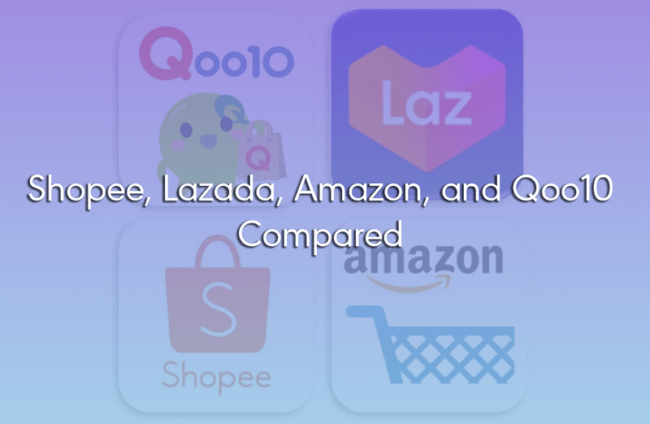How to Write a Business Memo For Startup Investors
An investment memorandum, also known as a private placement memorandum (PPM), is a document that is used to provide information about a potential investment opportunity to potential investors. The investment memorandum is typically used by start-ups or early-stage companies that are seeking funding from private investors, such as venture capital firms or angel investors. It is an important tool for entrepreneurs, as it helps to communicate the value of the business and convince investors to provide funding. If you are an entrepreneur looking to create an investment memorandum, there are a few key considerations to keep in mind.
Define the purpose of the memorandum:
The first step in creating an investment memorandum is to define the purpose of the document. The purpose of the memorandum should be clearly stated in the introduction and should include information about the company, the product or service, and the funding that is being sought.
Provide an overview of the company:
The next section of the memorandum should provide an overview of the company, including its mission, vision, and values. You should also include information about the team, the business model, and the progress that the company has made to date. This section should give the reader a sense of the overall direction and goals of the company.
Describe the product or service:
The next section of the memorandum should describe the product or service that the company is offering. This should include a detailed description of the product or service, as well as information about the target market and the unique value proposition of the company. You should also include any relevant market research or data points that support the demand for the product or service.
Outline the funding request:
The next section of the memorandum should outline the funding request and the specific terms of the investment. This should include information about the amount of funding that is being sought, the valuation of the company, and the terms of the equity or debt that is being offered. You should also include any relevant financial projections or assumptions that support the funding request.
Describe the use of proceeds:
The next section of the memorandum should describe how the funds will be used. This should include a detailed breakdown of the planned expenses, as well as any milestones or benchmarks that will be achieved with the funding. This section should give the reader a sense of how the funds will be used to support the growth and development of the company.
Disclose any risks:
The next section of the memorandum should disclose any risks or uncertainties associated with the investment. This should include any legal, financial, or operational risks that the company is facing. It is important to be transparent and honest about the risks, as investors will want to understand the potential pitfalls of the investment.
Include relevant legal documents:
The final section of the memorandum should include any relevant legal documents, such as the articles of incorporation, bylaws, and any agreements or contracts that are relevant to the investment. It is important to include these documents to provide transparency and to ensure that the investment is legally sound.
Conclusion
An investment memorandum is a crucial tool for start-ups and early-stage companies that are seeking funding from private investors. By following the guidelines outlined above, you can create a compelling investment memorandum that effectively communicates the value of your business and inspires investors to take action. It is important to remember, however, that the investment memorandum is just one part of the funding process, and it is important to be prepared to answer questions and engage in a dialogue with potential investors. With a well-crafted investment memorandum and strong presentation skills, you can increase your chances of success and secure the funding that you need to grow and develop your business.









